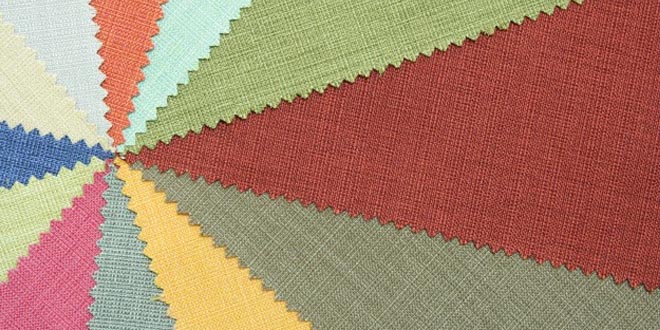Question: Explain the food habits of sheep.
Answer: Sheep are herbivores. Their food contains following two parts:
- Grass and leaves of various trees.
- A mixture of pulses, corn, jowar, oil cakes and minerals.
In winters sheep are kept indoors and fed on leaves, grain and dry fodder.
Question: Why are some cocoons not boiled during harvesting of silk thread?
Answer: About 1 per cent of the total harvest of cocoons is not boiled. The insects with in the cocoon are allowed to mature to form silk moths. These silk moths cut through the cocoons and are allowed to breed for silk worm eggs for future production of silk. The silk from the damaged cocoons is collected and mixed with the filaments of coarse outer portion of the cocoon as well as from the inner portions of cocoon which is left after reeling. The mixture is then spun to obtain low grade silk yarn.
Question: Give uses of silk.
Answer: Uses of silk are:
- Silk is primarily used for making garments due to its light weight, elasticity, lustre and strength.
- Silk is also used for making bullet proof vests, parachutes etc.
Question: State the uses of wool.
Answer: The uses of wool are:
- Wool is used for making fabrics, clothes, shawls etc., which help us keep warm during the cold season.
- It is used for making carpet, blankets and other upholstery.
- It is used for sound proofing.
Question: Explain briefly the process of wool manufacturing.
Answer: In order to make different articles, the raw wool is processed which starts with sorting of the fibres. The fibres are sorted on the basis of length, fineness, etc. The sorting is followed by cleaning of the fibres. Using a suitable detergent, the fibres are cleaned from lanolin (an oily substance) and suint (the dried perspiration of sheep). The cleaned wool fibres are then dried and disentangled. Thereafter, they are drawn into a straight continuous thread. This process is called carding. The kind of yarn that are produced may be woolen yarn or worsted yarn.
For the production of woolen yarn, the web is split into fine thin strands, by a process called roving. It is then spun into woolen yarn. Woolen fabric such as tweed is woven from woolen yarn. It is a bulky fabric in which short woolen fibres are arranged randomly. It does not have smooth surface.
For the production of worsted yarn, the web is processed by the machines that:
- straighten the fibres,
- make them parallel,
- remove all the short fibres
The resultant woolen strand is then condensed by passing it through several machines, until a very thin strand of worsted roving is obtained. it is then spun into smooth yarn.
 Class Notes NCERT Solutions for CBSE Students
Class Notes NCERT Solutions for CBSE Students




Not useful
Yes – it is not useful – the answers are so long.
It was very useful to me!
It is very useful to all.
Mam issi chapter k iss qies ka answer bta dijis Q– write in brief process of obtaing silk